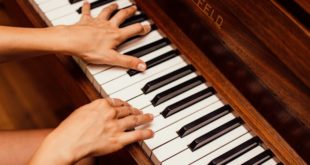Some flashes of lambent light, much like the aurora borealis, were first observed on the northern part of the heavens…. It was then about 25 minutes after nine o’clock in the evening. This ball, at the beginning, appeared of a faint blue light, and soon began to move, at first ascending above the horizon in an oblique direction towards the east. Its course in this direction was very short, perhaps five or six degrees; after which it turned itself towards the east, and moving in a direction nearly parallel to the horizon, reached as far as the S. E. by E. where it finally disappeared…. A short time after the beginning of its motion, the luminous body passed behind the above-mentioned small cloud, so that during this passage we observed only the light that was cast in the heavens from behind the cloud, without actually seeing the body from which it proceeded, for about the sixth or at most the fifth part of its track; but as soon as the meteor emerged from behind the cloud, its light was prodigious.
From “Description of a Meteor, observed Aug. 18, 1783. By Mr. Tiberius Cavallo, F.R.S. Read Jan. 15, 1784” (Transactions of the Royal Society). Cavallo was a physicist, and his description of a meteor streaking across England’s sky on a warm evening in August is both elegant and precise. Many others witnessed the event, including the artist Thomas Sandby, who made a watercolor painting and then, with his brother Paul, printed and hand-colored copies, one of which was recently acquired by Harvard’s Houghton Library. Sandby’s image is especially remarkable for its “stop-motion” effect, depicting the fireball in three locations as it crosses the sky from left to right (the observers, interestingly, seem to be looking at its initial appearance).
 Gearfuse Technology, Science, Culture & More
Gearfuse Technology, Science, Culture & More



